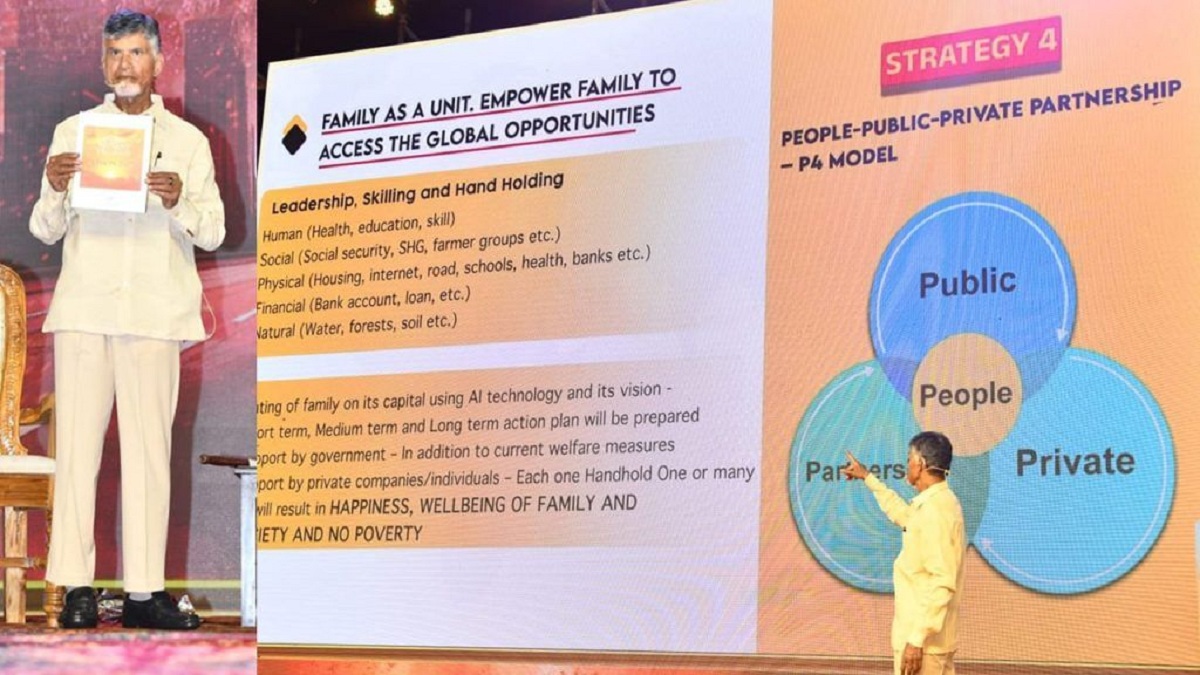Former Chief Minister N. Chandrababu Naidu, leader of the TDP, recently unveiled the Vision 2047 document in Vizag on Independence Day, reiterating his commitment to driving Andhra Pradesh’s development. The document’s launch drew parallels with his earlier Vision 2020 released in 1996. Naidu attributed Hyderabad’s development, the former capital of united Andhra Pradesh, to his Vision 2020.
Critics, however, argued that Hyderabad’s cosmopolitan growth was due to historical factors and an evolving tech ecosystem, not solely his vision. Naidu’s detractors accused him of releasing such documents to gather votes, despite uncertain results. In the 2004 elections, TDP lost after launching Vision 2020. These long term vision documents, spanning over a decade, face skepticism as people tend to forget their contents.
Critics also highlighted that the poor prioritize immediate benefits over long-term plans, making it challenging for such documents to resonate with them. Literate individuals comprehend the ambitious goals outlined in vision documents, but they often abstain from voting due to distrust in political parties.
The middle-class, primarily comprising salaried workers, feels neglected during elections, as neither freebies nor subsidies target them. In this context, the purpose of these vision documents becomes questioned. Observers noted that Prime Minister Narendra Modi similarly unveiled Vision 2047, drawing inspiration from India’s centenary celebrations. Naidu might have taken cues from this approach to infuse his Vision 2047 with ambitious goals.
